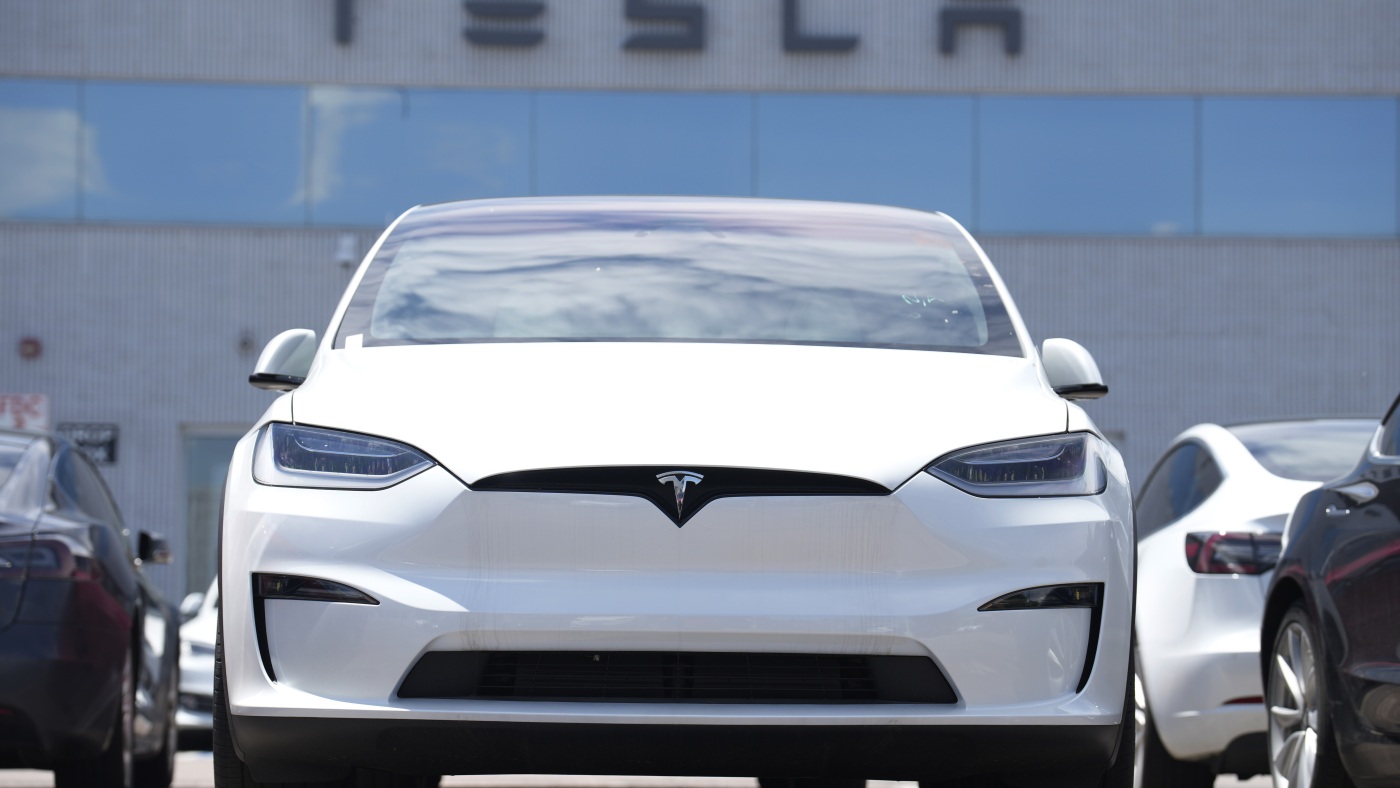Tesla’s Turbulent Waters: A Critical Examination of the EV Giant’s Challenges
Introduction: The Unraveling of a Once-Unstoppable Force
Tesla’s journey from a scrappy startup to an electric vehicle (EV) titan is nothing short of remarkable. However, the company’s recent struggles have sparked concerns about its future trajectory. The once-unstoppable force in the EV market is now grappling with declining sales, profit slumps, and intensifying competition. This report delves into the multifaceted challenges Tesla faces and explores potential paths to revival.
The Financial Decline: A Wake-Up Call
Profit and Revenue Slumps
Tesla’s financial performance has taken a noticeable hit. The second quarter of the year saw a 16% slide in profits, a stark contrast to the company’s previous growth trajectory. This decline was accompanied by a 13.5% drop in sales compared to the same period last year. These figures are not merely statistical anomalies; they signal a broader shift in the EV landscape.
Automotive and Energy Sector Struggles
The automotive sector, Tesla’s core business, experienced a 16% decrease in revenue. This decline is particularly concerning as it represents the backbone of Tesla’s operations. Even the energy generation and storage sector, often seen as a future growth area, saw a 7% decline. The broad-based downturn across multiple sectors underscores the systemic nature of Tesla’s challenges.
The Roots of the Problem: A Multifaceted Analysis
Intensifying Competition
Tesla’s early dominance was largely due to a lack of serious competition. However, the EV market has evolved rapidly, with established automakers and new entrants flooding the space. Competitors like Ford, GM, and a host of startups now offer vehicles with comparable performance and features, often at more competitive price points. This intensifying competition has eroded Tesla’s market share and profitability.
Pricing Strategy: A Double-Edged Sword
Tesla’s pricing strategy has been a subject of much debate. Initially targeting the luxury market, the company has since attempted to broaden its appeal with more affordable models. However, frequent price adjustments have led to consumer confusion and frustration. Potential buyers fear that their purchase may soon be devalued, deterring them from making a commitment. Moreover, reports suggest that Tesla’s cars cost more to produce than they can be sold for, raising concerns about long-term profitability.
The Musk Factor: Vision vs. Reality
Elon Musk’s visionary leadership has been instrumental in Tesla’s success. However, his tendency to make ambitious promises and set aggressive deadlines has often led to disappointment. The long-awaited Cybertruck, the perpetually delayed “full self-driving” capability, and the elusive cheaper models promised years ago all contribute to a perception that Musk is over-promising and under-delivering. This can erode trust and damage the company’s reputation.
Political and Economic Headwinds
Tesla’s global operations expose it to a range of political and economic risks. Fluctuations in currency exchange rates, changes in government regulations, and geopolitical tensions can all impact the company’s profitability and market access. In particular, Tesla’s presence in Europe faces unique challenges, including evolving EV policies and increasing competition from European automakers.
The Path Forward: Strategies for Revival
Prioritizing Execution
Tesla needs to prioritize execution over grand pronouncements. Delivering on existing promises, streamlining production, and ensuring consistent quality control are essential for rebuilding trust and restoring investor confidence. This shift in focus can help Tesla regain its footing and demonstrate its commitment to its customers and stakeholders.
Embracing Realistic Timelines
While ambition is admirable, setting realistic timelines for new products and features is crucial. Overpromising and underdelivering can damage credibility and erode consumer trust. By adopting a more measured approach, Tesla can build a reputation for reliability and consistency, which are key to long-term success.
Refining Pricing Strategies
A more stable and transparent pricing strategy is needed to attract and retain customers. Frequent price fluctuations create uncertainty and can deter potential buyers. By establishing a clear and consistent pricing model, Tesla can build consumer confidence and foster a more stable market presence.
Investing in Innovation
Tesla must continue to invest in research and development to maintain its technological edge. This includes exploring new battery technologies, improving autonomous driving capabilities, and expanding its product portfolio. By staying at the forefront of innovation, Tesla can differentiate itself from competitors and secure its position as a leader in the EV market.
Seeking Strategic Partnerships
Collaborating with other companies can provide access to new technologies, markets, and resources. Strategic partnerships can help Tesla overcome its challenges and accelerate its growth. By leveraging the strengths of its partners, Tesla can expand its capabilities and enhance its competitive position.
Conclusion: The Crossroads of Opportunity
Tesla stands at a critical juncture. The company’s recent struggles highlight the challenges of maintaining dominance in a rapidly evolving market. However, Tesla’s ability to adapt, innovate, and execute will ultimately determine its future. The cracks in the chrome are there, but with focused effort, the company has the opportunity to buff them out and shine once more. The road ahead is uncertain, but Tesla’s resilience and ingenuity have the potential to guide it through these turbulent waters and into a brighter future. The EV revolution is far from over, and Tesla’s role in it remains pivotal. The question is not whether Tesla can overcome its challenges, but how it will rise to the occasion and redefine its path to success.

